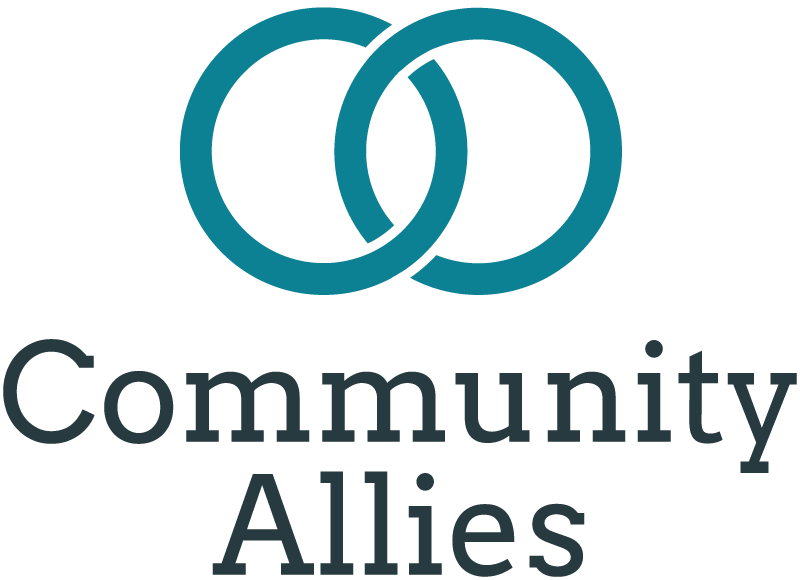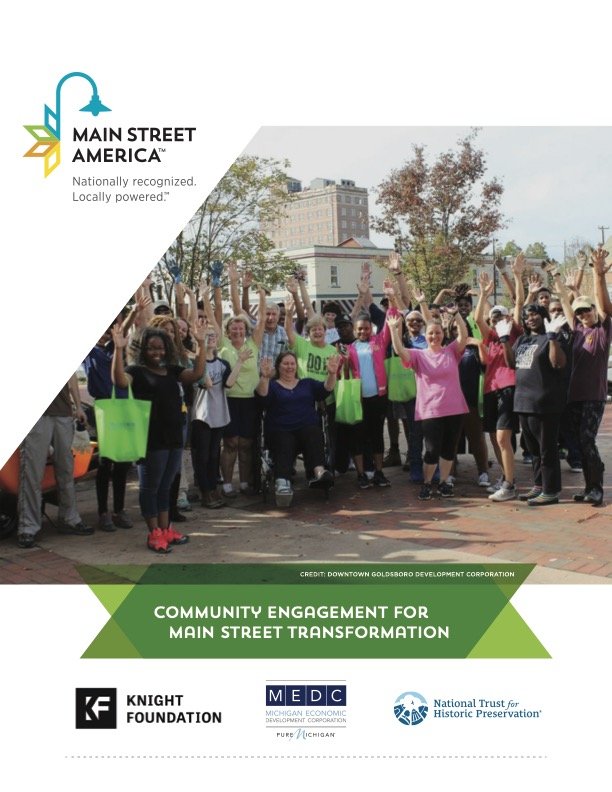Main Street America
Nationwide
Challenge
In 2017, Main Street America revised the approach it had long used to guide thousands of local organizations across the country in revitalizing their neighborhood commercial districts. The refreshed Main Street Approach situated community engagement at the heart of the revitalization process, inviting diverse stakeholders from all sectors to be proactive participants in the transformation of their downtowns. The new Main Street Approach encouraged local organizations to develop a vision for success that was informed by broad community engagement, grounded in the community’s unique culture and needs, and reflective of the community’s diverse voices.
Local leaders of Main Street America affiliates were experts in commercial district revitalization but often lacked capacity in authentically engaging their business owners, residents, civic leaders, visitors, and other stakeholders. Main Street America contracted Community Allies to write their official engagement guidebook, “Community Engagement for Main Street Transformation,” in order to provide a practical framework and actionable tools to launch or strengthen community engagement efforts.
Approach
In writing “Community Engagement for Main Street Transformation,” Community Allies started with the core belief that community engagement is essential for ensuring that the benefits of neighborhood revitalization reach everyone. Giving community members ownership of the process, means, and outcomes of revitalization builds local leadership and inspires the local pride and loyalty that make neighborhood commercial districts resilient over time.
“Community Engagement for Main Street Transformation” sets out a four-step process:
Map. Identify the diverse populations in the community and determine strategies to engage hard-to-reach and historically disenfranchised populations in ways that are meaningful to them.
Engage. Meet people where they are, building lasting relationships and gathering input in ways that are culturally relevant and sensitive. For community meetings, eliminate barriers to participation (including providing child care and transportation) and employ creative activities that encourage interaction, problem-solving, and listening.
Celebrate. Tell stories about the process, celebrate milestones, and nurture continued relationships and community-empowered decision making.
Evaluate. Throughout the engagement, compare participation with the initial map, making adjustments along the way to ensure full representation and empowerment.
Results
“Community Engagement for Main Street Transformation,” written by Community Allies, includes a theoretical assessment of the importance of authentic community engagement, a practical framework for launching or strengthening community engagement efforts, and actionable tools leaders can use. The guidebook centers equity and the mobilization of populations historically left out of or even harmed by community revitalization. As these elements were brought into Main Street America’s approach, they expanded the types of communities they served, pioneering UrbanMain and other initiatives that help under-resourced older and historic neighborhood commercial districts restore economic vitality and promote quality of life.
Put Community Allies to work for you
Share this story:

